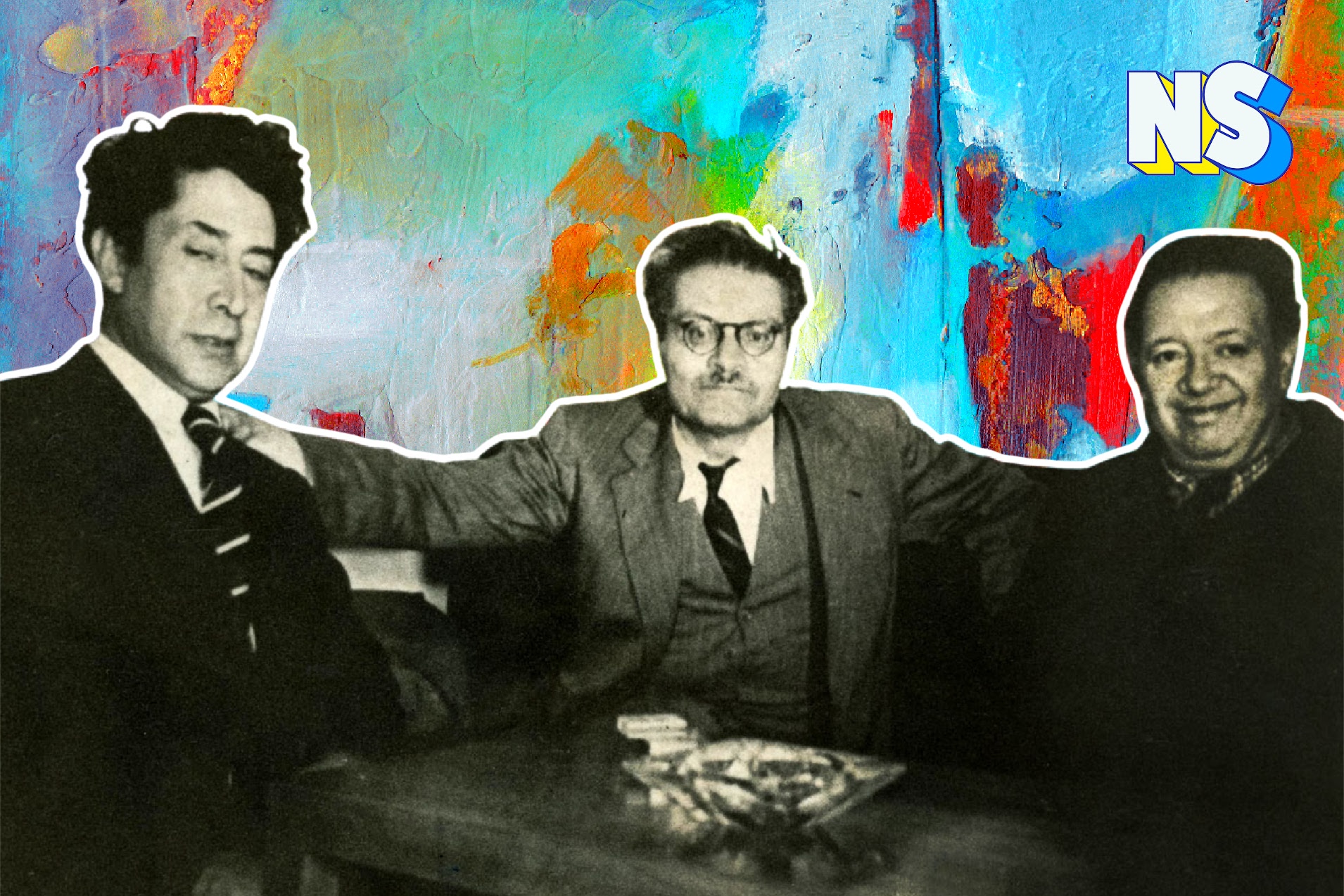Image courtesy of Nuestro Stories.
At the end of the Mexican Revolution, as a fragile peace took hold, a cultural transformation emerged and proved to be the most significant Renaissance in the contemporary world. Glorious and monumental public murals, born of the revolutionary struggles and commissioned by the newly installed government of President Álvaro Obregón, depicted the history and modern life of the Mexican people through the paintbrush of talented artists.
Their influence would be as significant as their size.
The art of a revolution

After ten years of a bloody civil war, the government used art to fuse a new image of national unity that brought together pre-Hispanic culture and the triumph of the Mexican revolution.
There was nothing in the United States comparable to them. The murals had a new vitality that rivaled anything in Europe. It told stories relevant to everyday women and men and constructed a new relationship between art and the public.
The murals belonged to the public — art was no longer solely for the elite and the monied; it was now for the peasant and the worker. Three muralists dominated the scene — each unique in style, technique, and message. They were Diego Rivera, José Clemente Orozco, and David Alfaro Siqueiros.
'The three great ones'
American artists traveled to Mexico to see their murals and work with the muralists. "Mexico is on everyone's lips," American photographer Edward Weston wrote in his diaries. "Mexico and her artists."
Yet, as political tensions rose after the end of Obregón's term in 1924, mural commissions declined, and the muralists began to turn to the US for patronage.
Between 1927 and 1940, the three leading muralists—Orozco, Rivera, and Siqueiros — came to the United States to paint, exhibit their art, and create large-scale murals on the East-West coasts and Detroit.
The murals influenced American artists and became a way to find alternatives to European modernism. In addition, American artists were looking to engage with people devastated by the Great Depression and changed by the economic and social injustices brought to the fore by the collapse of the U.S. market.
These American artists wanted to use art as a social tool for change and took the Mexican murals as examples.
In 1934, American journalist and abstract painter Charmion von Wiegand wrote that Mexican artists were "a more creative influence in American painting than the modernist French masters."
With their social realism in mural form, the Mexicans transformed art and artists into a vital part of society and remade American art.
The three great inspired American artists such as Jackson Pollock, Charles White, and Jacob Lawrence. Orozco's paintings of Zapatistas — in dark colors and determined faces; Rivera's amazon ode to the working man, and Siquieros's revolutionary technique paved the way for American artists to express their political and social ideologies through art.
In the murals, the Americas came together. The embracing of Mexican muralists and their philosophy and techniques by American artists was, after all, genuinely American — in the greatest sense of the word.
https://draft.nuestrostories.com//wp-content/uploads/2022/06/Susanne-182x250.jpeg





